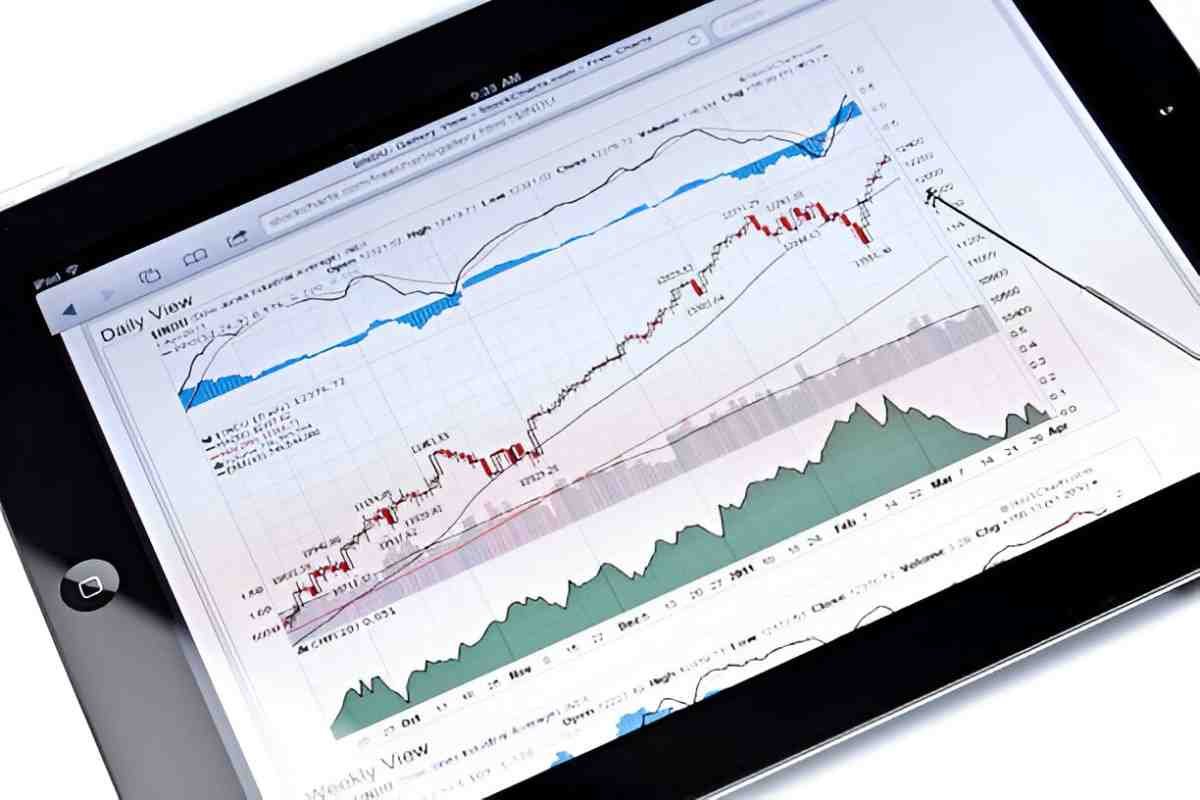A second of exchange is a vital instrument in international trade and finance. It is a duplicate bill of exchange that serves as a backup in case the primary bill is lost or delayed. Understanding its function helps businesses mitigate risks and ensure smooth transactions. In this guide, I will explain the mechanics of the second of exchange, its legal framework, and financial calculations.
Table of Contents
What is a Second of Exchange?
A second of exchange is a duplicate copy of a bill of exchange, used in trade finance. The first copy (also known as the first of exchange) is the primary instrument, while the second acts as a safeguard. Both copies are legally binding, but only one is honored upon presentation.
Key Features of a Second of Exchange
- Backup Functionality: Protects against loss or non-delivery of the first bill.
- Legally Binding: Holds the same legal value as the original bill.
- One-Time Redemption: Only one copy is accepted for payment.
- Common in International Trade: Used when transactions involve multiple parties across different jurisdictions.
Example of a Second of Exchange in Action
A US-based company exports machinery to a UK importer. The exporter issues a bill of exchange with two copies:
- First of Exchange sent via courier.
- Second of Exchange sent separately in case of non-receipt.
If the first copy arrives and is honored, the second copy becomes void. If the first is lost, the second ensures payment.
Financial Calculations Related to a Second of Exchange
Discounting a Bill of Exchange
A trader may need cash before the bill’s maturity. A bank may discount the bill by deducting interest.
If:
- Face Value = $10,000
- Discount Rate = 5%
- Time to Maturity = 90 days
Discount Amount:
Discount = Face\ Value \times Discount\ Rate \times \frac{Days}{360} = 10000 \times 0.05 \times \frac{90}{360} = 125Proceeds:
Proceeds = Face\ Value - Discount = 10000 - 125 = 9875Comparison: First of Exchange vs. Second of Exchange
| Feature | First of Exchange | Second of Exchange |
|---|---|---|
| Priority | Primary | Backup |
| Redemption | Honored if presented first | Voided if first is paid |
| Function | Facilitates payment | Provides security |
| Risk | Higher if lost | Lower due to redundancy |
Legal Aspects and Risks
- Negotiability: The second of exchange is a negotiable instrument like the first.
- Fraud Prevention: Only one copy should be honored to prevent duplicate claims.
- Jurisdictional Considerations: Some countries require specific endorsement procedures.
Conclusion
A second of exchange is a crucial financial tool for exporters and importers. It minimizes risk and ensures payment security. By understanding its role, businesses can optimize trade financing and safeguard their interests.





